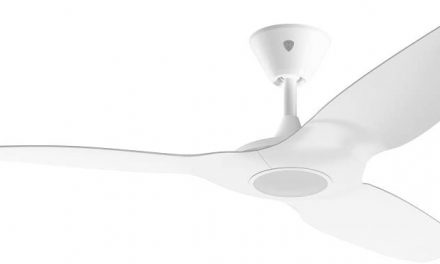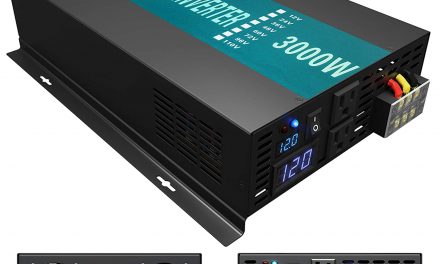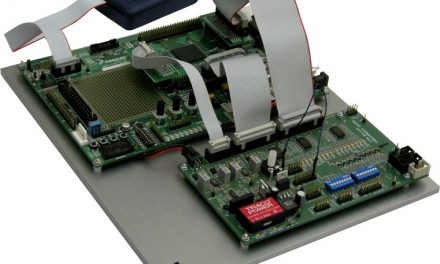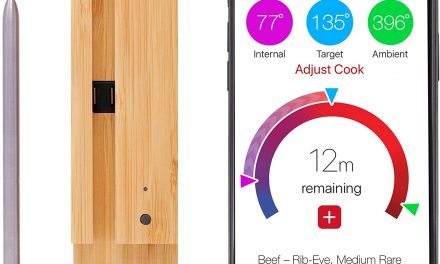The introduction of the Internet of Things has revolutionized all sectors. This includes the education, manufacturing, and medical industries. This article explains the Internet of Medical Things, commonly referred to as the IoMT.
Before we explain the get into medical IoT, let us quickly have a look at the definition of IoT.
Table of Contents
What is IoT?
The Internet of Things (IoT) is a system of interrelated computing devices, mechanical and digital machines, objects, animals or people that are provided with unique identifiers and the ability to transfer data over a network without requiring human-to-human or human-to-computer interaction.
There are a few key considerations taken when designing Internet of Medical Things sensor technology sensors. These are listed below.
Medical IoT Sensor Considerations
1. Survivability
This is an essential concept. In this, the ruggedness of the devices is given a thorough analysis. The sensing elements that are used to measure vibration, temperature, position and other properties are usually small and delicate. The sensors need to be packaged in such a way to protect the sensing element from the external environment. This is crucial in applications such as ventilation equipment that often needs to run for 24 hours a day, 7 days a week without fail. In these devices thermopiles are used to measure surface temperatures, and mass airflow sensors measure the airflow temperature to compensate for condition changes and provide a baseline temperature measurement for other sensors on board. These are encapsulated inside a stainless steel housing, and the sensing element is hermetically sealed, thus protecting it from external conditions such as humidity and other harsh factors.
2. Miniaturization
In order to limit the space taken up by the sensor within the medical product, the sensor is designed to take up less and less space. With the increase in wearable, connected devices, it is imperative that designers and biomedical engineers come up with compact designs. Consumers are focusing on healthy living more and more, and this has seen the widespread adoption of fitness wristbands, and smart watches. This means the designs need to be able to fit in these devices. The miniature medical IoT sensors are also needed in order for them to be used in electronic robotic prosthetics.
3. Digital Signal Processing
Accuracy is a key consideration to look out for. The greater the accuracy, the better. This makes digital sensors quite a desirable option because of their robust and precise outputs. Digital thermopile thermometers are quite a good example as they can deliver a high accuracy ±1°C readings of temperature ranges from 0° to 100°C. Some medical IoT devices also allow for multiple signals to be output from the same device, which reduces the size of the printed circuit board used.
4. Digital Signals and Scalability
Traditional analogue output signals require some level of conversion for modern electronics to read and process the data. On board digital signal processing reduces the calibration time during the manufacture of the system or the device. This leads to greater accuracy. The sensor manufacturers can customize mechanical tooling, calibration and sensor programming in order to suit the customer’s requirements. This enables plug and play devices.
Applications of IoMT
The following are applications of medical IoT devices.
1. Continuous Positive Airway Pressure (CPAP)
These Internet of Medical Things devices use medical IoT sensors to help the process of forcing breathable air into the lungs of patients. This is used for obstructive sleep apnea treatment in which breathing unintentionally starts and stops during sleep. The pressurized air forced down the pathways keeps the airways open and free from obstruction, thus, preventing sleep apnea from occurring. Detecting and curing the interval breathing cessation during overnight sleep helps to reduce the risk of hyper blood pressure, cardiovascular diseases, and relative secondary diseases. The IoT sensors allow for the continuous, accurate control of air flow, pressure, vibration and humidity, thus, keeping the patients comfortable and safe.
2. Multi-Mode Watches
These are watches that are used by hikers. These incorporate medical IoT sensors that are present in the watch to provide various functions. Pressure sensors monitor altitude changes. Temperature changes measure the local air temperature and the skin temperature. The humidity sensors monitor the local relative humidity and the sweat present. The photo optic sensors measure the heart rate and the SpO2 level.
3. Diving Watch
This is used by sea divers. They have the following Internet of Medical Things sensors: pressure sensors monitor the altitude present, and they also monitor the dive depth present. The temperature sensors measure the water temperature. In addition to all this, they also show the time.
4. Fitness Bands
These are used by athletes, as well as general consumers. They use many medical IoT sensors. Humidity sensors monitor the local relative humidity, as well as the sweat. Piezo film resistors monitor the motion of the user as well as the general activity level. The temperature sensors are used to measure the local air temperature as well as the skin temperature.
5. Ski Goggles
These contain pressure sensors that monitor altitude changes for heads-up display data. Humidity and temperature sensors are also used to control the goggle defogging fan.
6. Prosthetics
These also have a plethora of medical IoT sensors. Position sensors monitor the location and motion of movement. Vibration sensors monitor the orientation of the patient and prosthetic parts. Piezo film sensors monitor dynamic flexing and stresses on the prosthetic components.
7. Patient Fall Detection
This is yet another application of medical IoT sensors. Piezo film sensors are used to measure any sudden impact and patient motions. The pressure sensors measure the rapid altitude change when the patient falls to the floor. A member of staff is then alerted of this, and immediately attends to the patient.
8. Military Applications
In these applications, the medical IoT sensors are used to measure the soldier’s activity. Photo optic sensors measure the solder’s heart rate and SpO2 level. Vibration sensors are used in the helmet to measure impact orientation and intensity. Temperature sensors measure ambient and skin temperatures. Humidity sensors measure the soldier’s activity, or lack thereof.
Conclusion
This article has clearly shown a few considerations taken when choosing medical IoT sensors. In addition, it clearly highlighted applications of Internet of Medical Things sensors.
We hope you now understand how important IoMT is.





